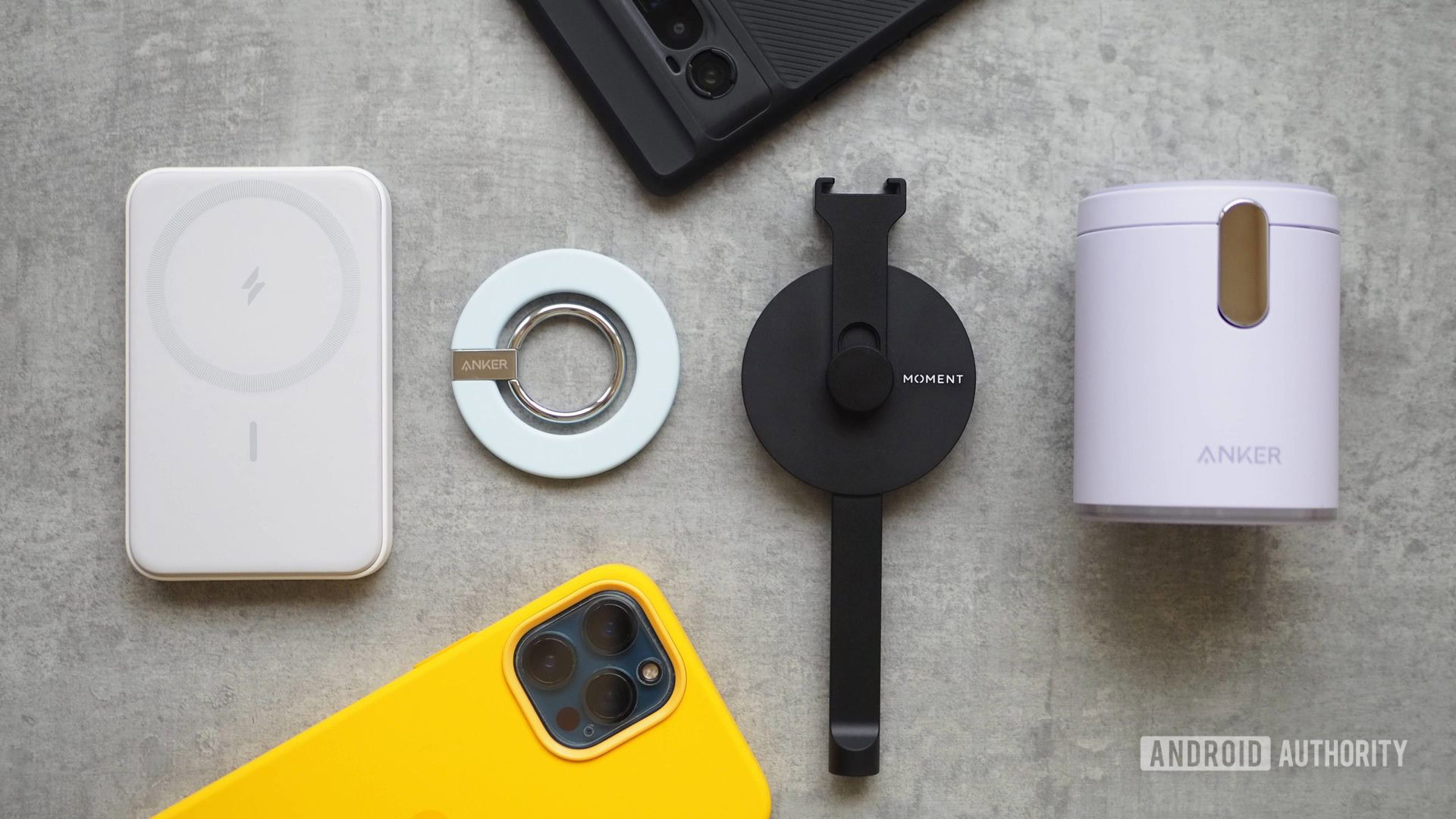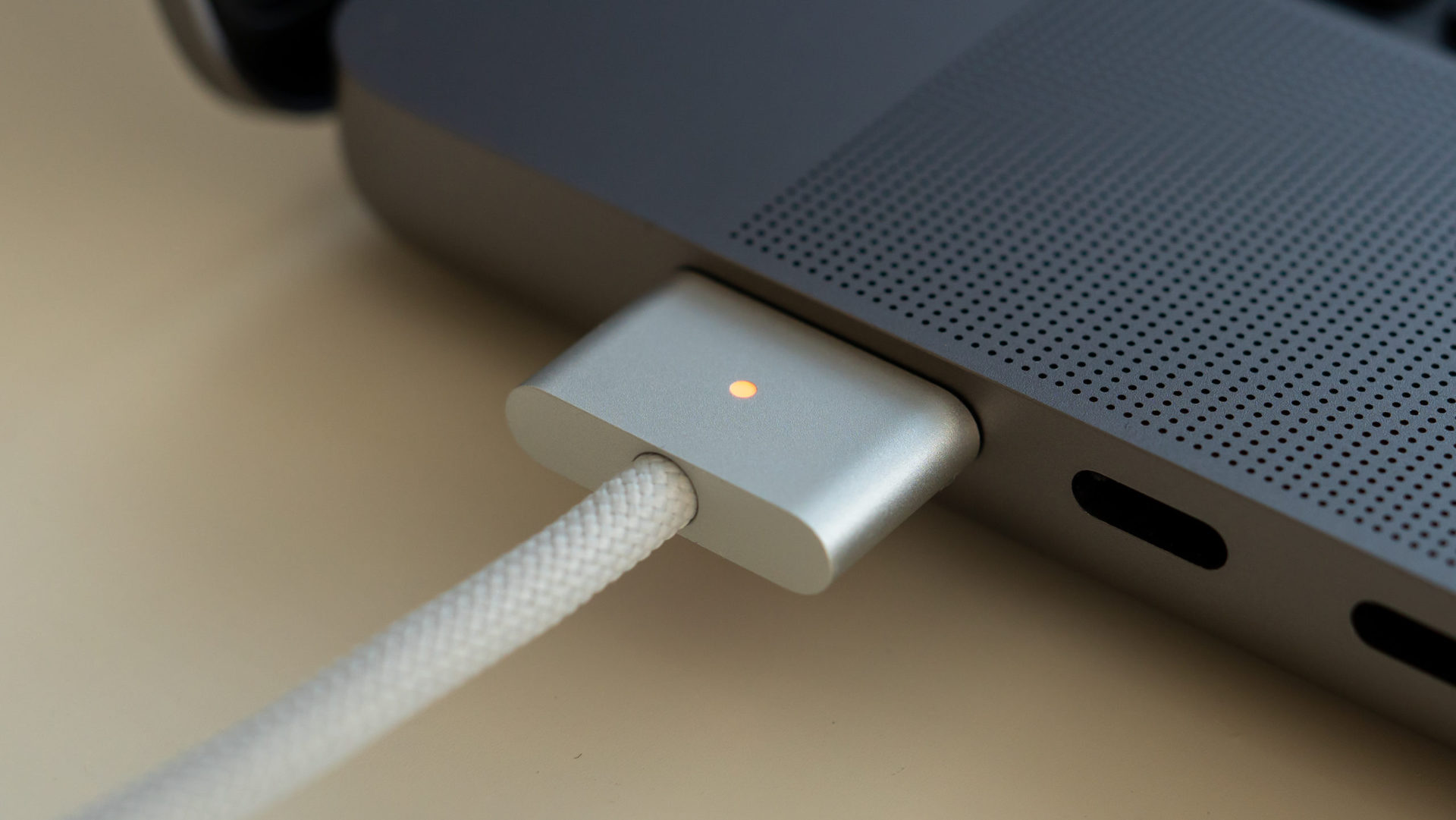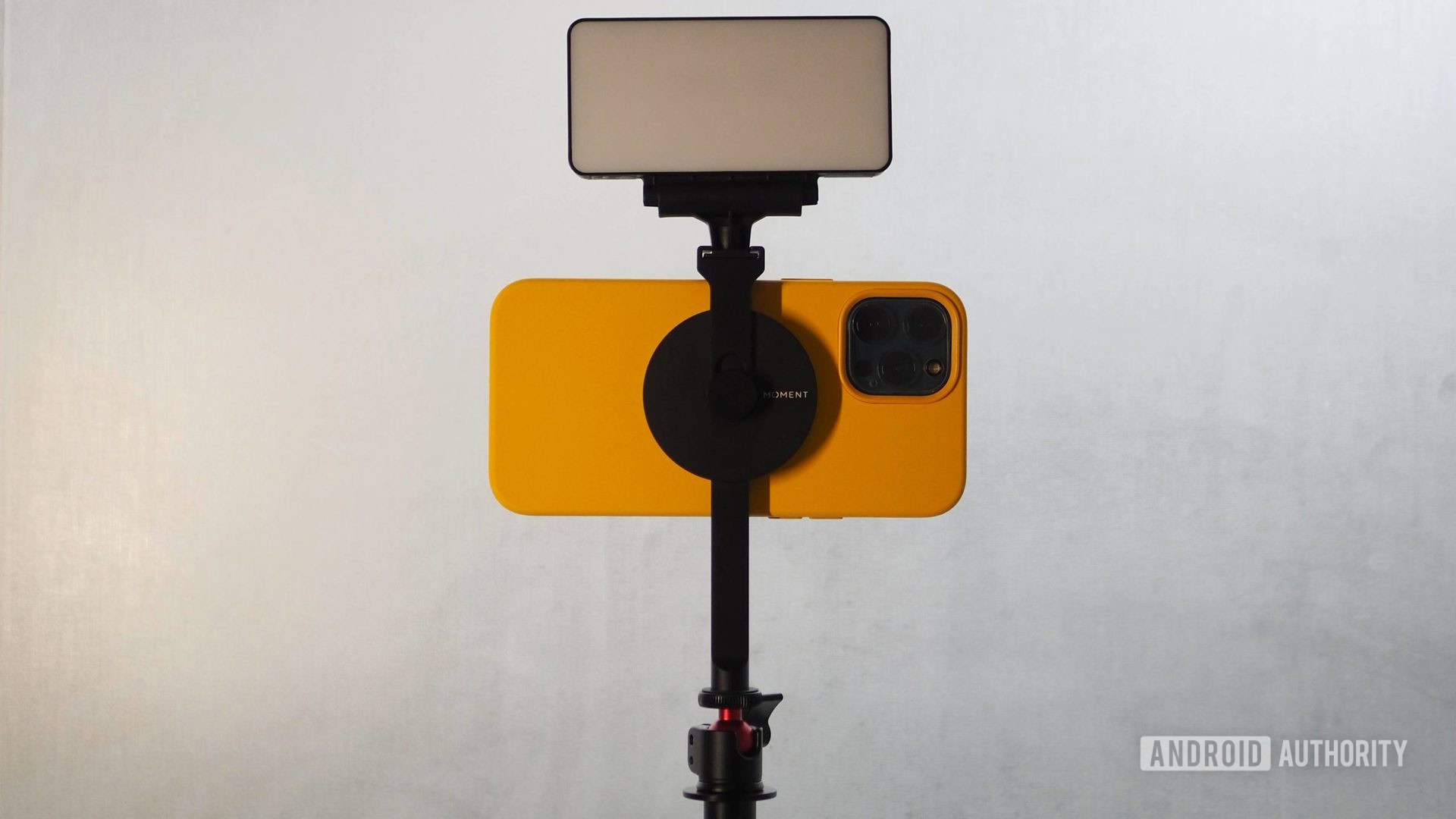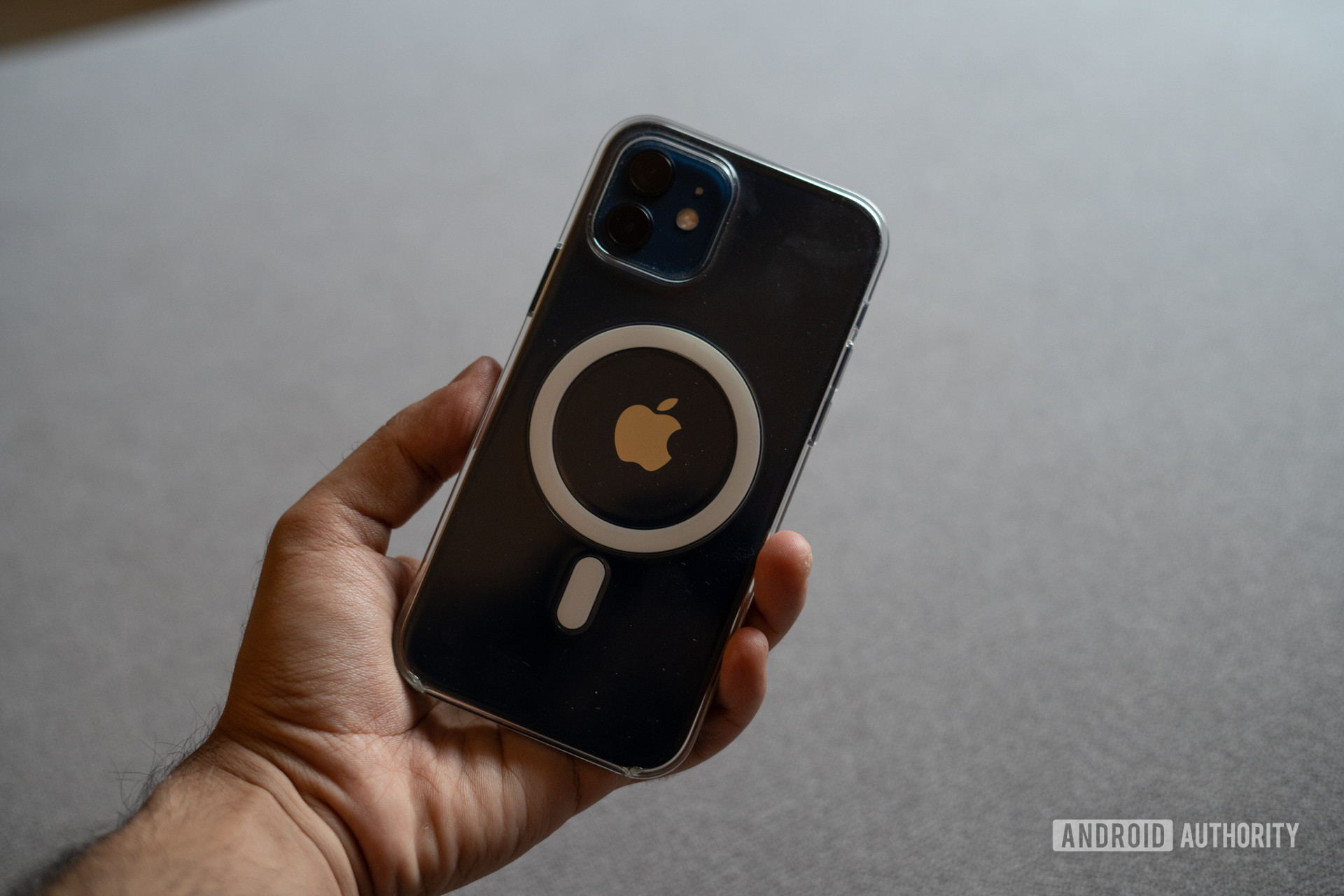Affiliate links on Android Authority may earn us a commission. Learn more.
How does MagSafe work on the iPhone and Macbook? Everything you need to know
Published onFebruary 12, 2023

If you own a recent iPhone or Macbook, chances are that it supports MagSafe — a proprietary charging solution that uses magnets to align a charging cable with the device. Apple originally debuted the feature in 2006, on the first Intel-powered MacBook Pro. It lives on to this day on modern MacBook models like the M2 Macbook Air.
MagSafe’s quick-detach magnetic mechanism is universally regarded as its primary selling point. On a Macbook, these magnetic cables effortlessly detach in case someone accidentally tugs or trips over it. In 2020, Apple also brought a different implementation of it to the iPhone 12 that unlocked a variety of additional use-cases. Three years later, the company helped include the technology in the universal Qi2 charging standard. Here’s everything you need to know about MagSafe, how it works, and why you should use it.
What is MagSafe?

MagSafe comes in a variety of shapes and sizes depending on the device, but the basic premise is that it’s a magnetic connector that’s used for power and attaching accessories. Following its introduction on the iPhone 12, Apple also added the magnetic ring to the AirPods Pro and third-generation AirPods.
MagSafe is Apple's magnetic ecosystem that's used for charging and accessory attachment.
Even though MagSafe is a proprietary format that’s exclusive to Apple products, you can unofficially add it to an Android smartphone using a third-party case, sticker, or adapter. On Macbooks, the connector has evolved over the years to fit thinner laptops and handle fast charging via USB Power Delivery.
Besides charging, Apple and third parties have also adopted it for quick-attach accessories like wallets, power banks, tripods, gaming clips, and car mounts. You can even use adapters to add MagSafe functionality on Android.
A MagSafe charger can charge an iPhone at 15W, double the wattage of a standard wireless charger
On portable devices, the magnetic system takes the guesswork out of aligning accessories with other hardware like the iPhone’s NFC and wireless charging coils. This is important because an improper alignment between the device and the wireless charger can result in slower charging speeds. This is likely why the iPhone can charge at 15W using a MagSafe charger but is otherwise limited to 7.5W via standard Qi chargers.
How does MagSafe work?

MagSafe enables quick connects and disconnects, but how does it work? On a Macbook, the connector takes the form of spring-loaded pins that magnetically attach to pins on the power cable. This design allows the cable to snap into place when brought near the laptop and detach if accidentally tugged. On the iPhone and AirPods, meanwhile, it uses a series of magnets arranged in a circular pattern around the wireless charging coil to achieve similar snap-on functionality.
MagSafe uses magnets to enable the magical snap-on, snap-off experience.
Keep in mind that MagSafe itself doesn’t actually transfer power or data. Charging is handled by the Qi wireless charging standard on the iPhone and copper contacts on the MacBook. All it does is offer a magnetic attachment mechanism that helps with alignment and interlocking. Certain accessories like Apple’s MagSafe wireless power bank also use NFC to trigger an animation and communicate their battery percentage when attached.
Why is it such a big deal on Apple devices?

MagSafe is a big deal to some people because it makes charging a Macbook and iPhone easier. For a few years in the late 2010s, Apple dropped the feature from the entire Macbook lineup in favor of USB-C. Many criticized the move as connecting a USB-C cable requires more precision and effort. Apple eventually relented and introduced the connector on the Macbook Pro in 2021.
Beyond charging, it’s also a standardized system that simplifies attaching accessories to the iPhone. A traditional tripod mount, for example, would use a spring-loaded or screw-type clamp to hold the iPhone. With a MagSafe tripod, you can simply bring your phone close to the mount and it’ll stay in place. Then, you simply pull it away when you’re done. The same ease-of-use argument applies to other accessories that don’t need to stay permanently attached like car mounts.
MagSafe eliminates the need for glue, clamps, and other clunky accessory attachment solutions.
The feature isn’t just limited to first-party Apple products either. You can buy accessories from brands like Anker, Belkin, Moment, Mophie, and others. Similarly, you can buy cases that pass through MagSafe functionality. These contain a ring of magnets to ensure a strong connection with chargers and accessories.
Since MagSafe has become the most popular choice for magnetic accessory attachment, it’s not surprising that Apple uses it as a selling point for the iPhone. The Macbook lineup is among the few laptops on the market to offer a quick-detach charging cable, with the only competition being Microsoft’s Surface Connect port.
At CES 2023, the Wireless Power Consortium revealed that the upcoming Qi2 wireless charging standard will use technology based on MagSafe. The first Qi2 devices should ship by the end of 2023.
FAQs
Android phones don’t have MagSafe built-in. However, you can add it to any smartphone using a third-party case or adapter. Note that you will not be able to use a MagSafe charger if your smartphone lacks support for Qi wireless charging.
Yes, but only if you don’t like plugging in your iPhone. Using a MagSafe charger doubles the wireless charging speed from 7.5W to 15W.
MagSafe is popular because it offers a quick and convenient way to attach chargers and accessories to a MacBook or iPhone.
MagSafe is a proprietary format by Apple for the iPhone, AirPods, and Macbook. However, some manufacturers have built adapters and cases for unsupported phones, and it’s part of the basis for the upcoming Qi2 standard.
No, MagSafe is not the same as wireless charging. Apple built the former to make attaching accessories like wallets and wireless chargers easier through a magnetic connection. However, Apple’s MagSafe charger does charge faster than a regular wireless charger.